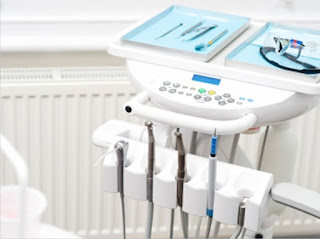What is Jaundice?
Jaundice occurs when the body cannot discharge bilirubin, a substance that normally occurs when red blood cells are destroyed. The more the substance develops, the more yellowish is the skin of someone becomes.
In babies who have not yet developed the compounds that allow their bodies to eliminate bilirubin, jaundice is not simply normal, but can also cause permanent damage or even death.
While first world nations have the innovation and the cash to treat babies, this treatment is often excessively expensive for those developing countries. The yellowness caused by the accumulation of the bile color bilirubin in the blood, influences around 60 percent of babies, and around 5 to 10 percent have jaundice sufficiently to require phototherapy.





